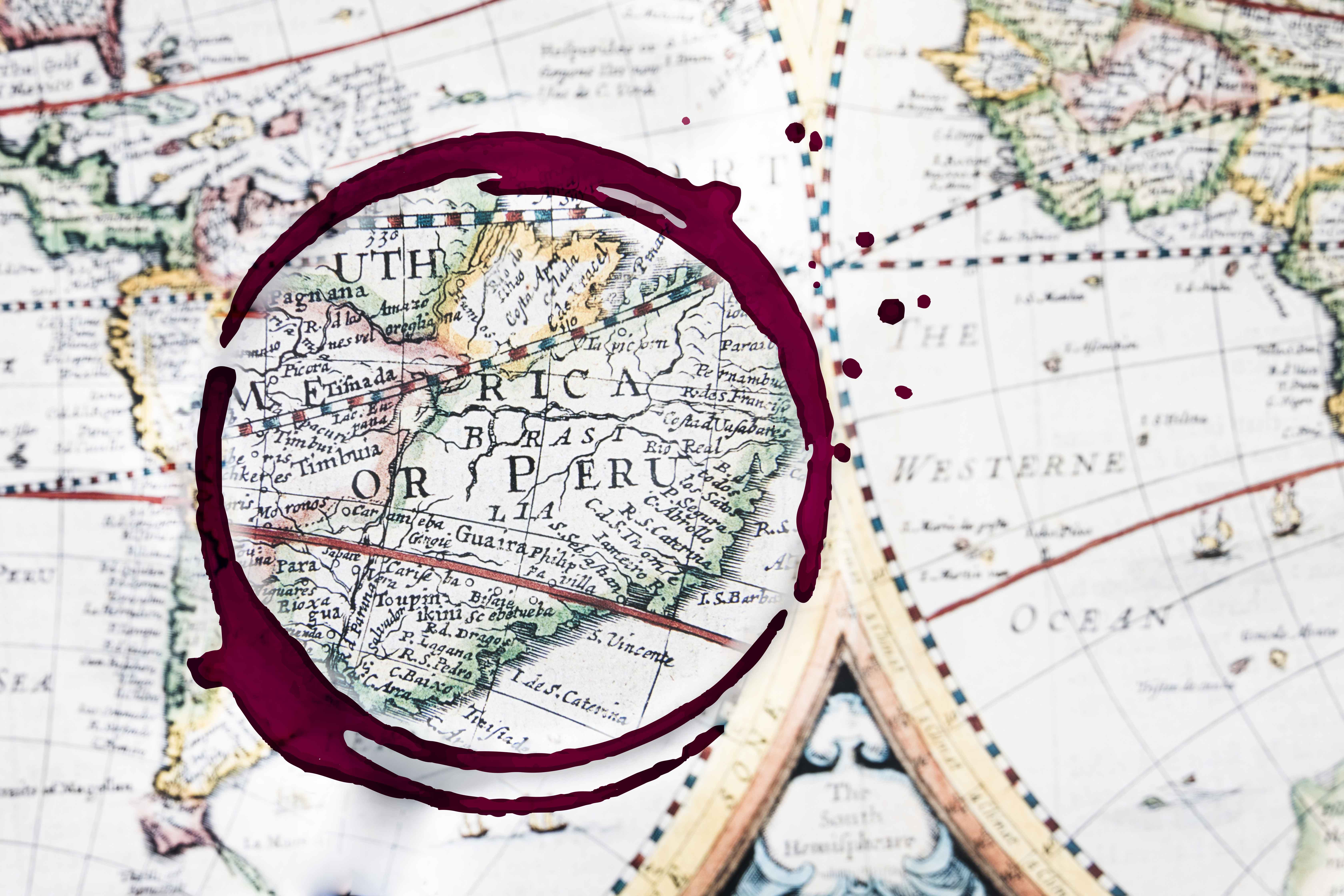The taste
Shiraz wine features a beautiful deep-red hue with an intense flavor and a bold palate of black pepper, dark fruit, rich red fruit, and earthy flavors.
On the nose, it has a strong blackberry and oak aroma with faint hints of ripe fruit. On the palate, Shiraz wine has a beautiful length that is characterized by tobacco, black olives, red fruit, and earthy flavors of truffle, coffee, and eucalyptus.
The wine pairs wonderfully with aged cheeses and meat dishes.
Shiraz VS Syrah

Shiraz and Syrah are essentially the same grape variety with different names.
The Shiraz grape grows in New World wine regions such as Australia. Shiraz wine is juicier and lusher with low tannins, fruity flavours, and medium acidity. The Syrah grape variety is typically grown in colder climates. It hails from the Rhone valley in France and produces savory, more robust high acidic wines. Syrah wine is generally very bold with notes of black pepper, black fruit, and plum.
History
Shiraz wine has a rich and storied history that can be traced back nearly 7000 years to Persia. According to an ancient Persian legend, the discovery of wine was made by a princess. After consuming juice from spoiled grapes, she experienced its intoxicating effects and found herself rejuvenated. The king, with whom she shared her discovery, became enamored of the “potion”. This led to a decree that all the grapes in Persepolis should be used to make wine. Centuries later, the city of Shiraz in central Iran became a major center for wine production.
However, the tradition of winemaking in Iran came to an end with the Islamic Revolution in 1979. Alcohol was banned, wineries shut down. Despite this disruption, the ancient roots of Iranian winemaking have been confirmed. The discovery of Neolithic clay jars containing wine residue provided scientific proof of its ancient nature. Grape cultivation in Shiraz can be traced back to around 2500 BC, when vines were brought down from the mountains to the plains of southwestern Iran. By the 14th century, Shiraz wine was immortalized in the poetry of Hafez.

The modern Shiraz
The connection between the Shiraz wine of ancient times and the modern Shiraz is a topic of interest. DNA tests conducted on the Syrah vines in the Rhone Valley of France revealed no genetic connection to ancient Shiraz wines. However, the historical trail continues with the largest producer of Syrah in the world, Australia, where the wine is called Shiraz. This can be attributed to James Busby, a Scot who exported Syrah vines from the Hermitage to Australia in the 19th century. In Busby’s journal, he mentions the tradition of the vine originating from Shiraz in Persia. He also may have used the name Shiraz to add Persian mystique and flavor to his New World wine-making endeavor.

The debate surrounding the origin and connection of the name Shiraz continues. However, for those like Darioush Khaledi, a California-based winemaker whose family hails from Shiraz, the soulfulness, spirit, and poetry associated with the wine matter most. Khaledi recalls fond memories of sipping wine from clay cups, reciting poetry, and viewing Shiraz wine as an adventure. He embraces his Iranian heritage in his vineyard, with Persian-style columns reminiscent of the ancient city of Persepolis. The essence of Shiraz wine, with its deep connection to its faraway homeland and the romance of its fabled wine, transcends the genetic makeup of the grapes.

It is not about the DNA of the grapes, but rather the emotional and cultural link that Shiraz wine offers to its ancient heritage and the spirit of its homeland. The terms soulfulness, spirit, and poetry consistently arise when discussing Shiraz wine. Its significance transcends its origins and reinforces its place in the world of wine.










